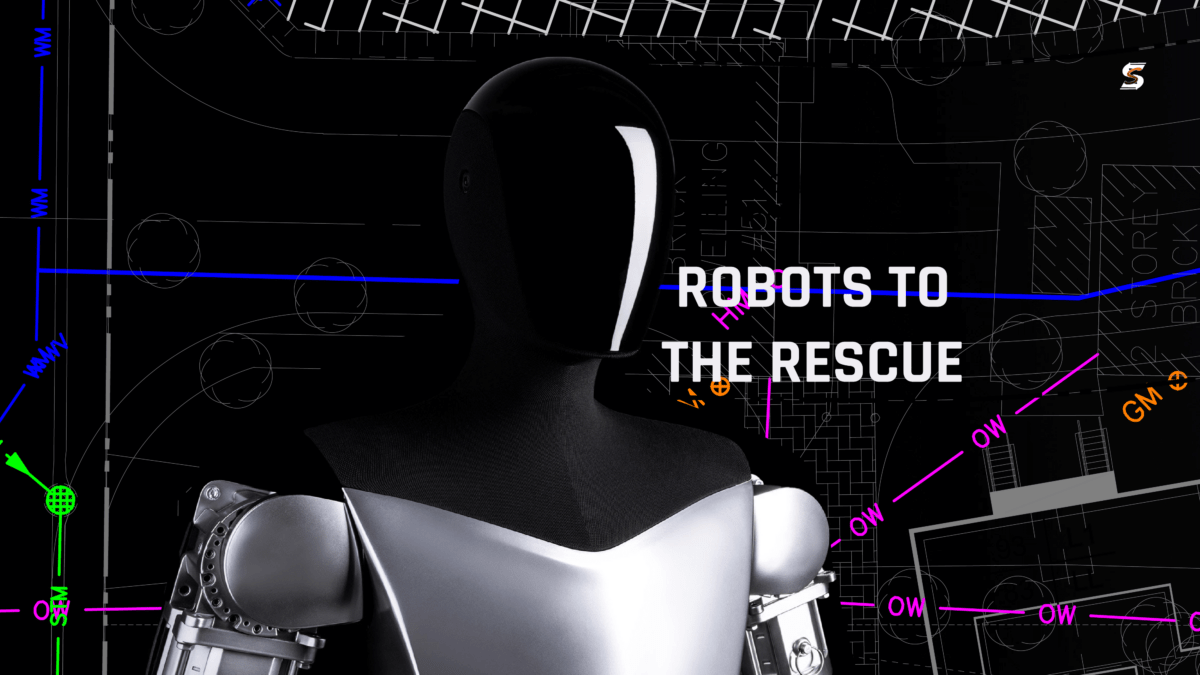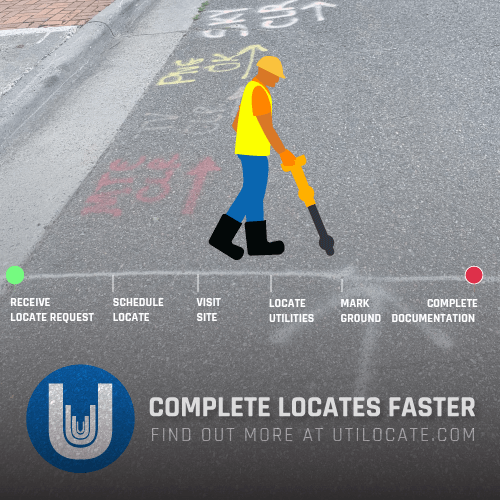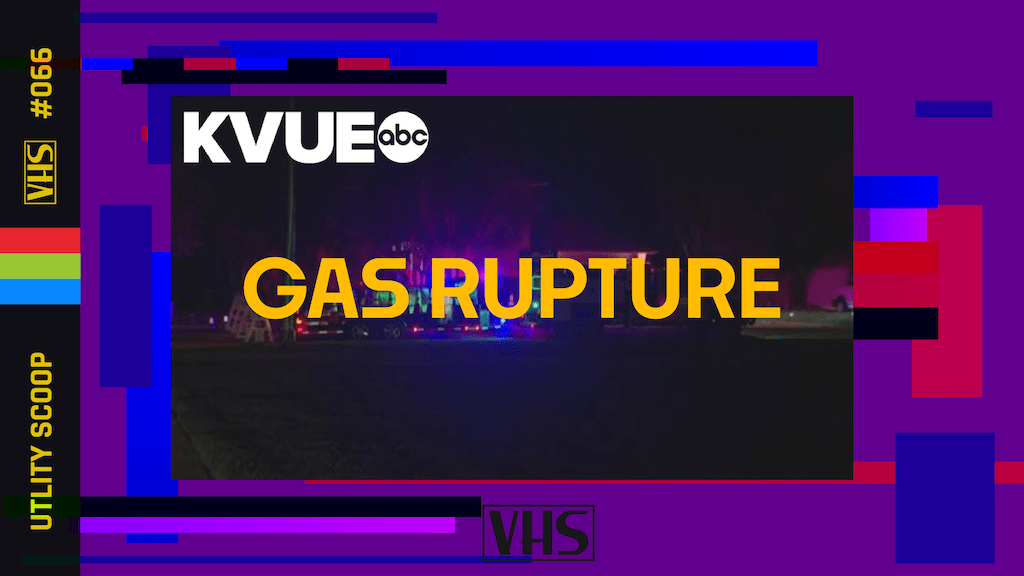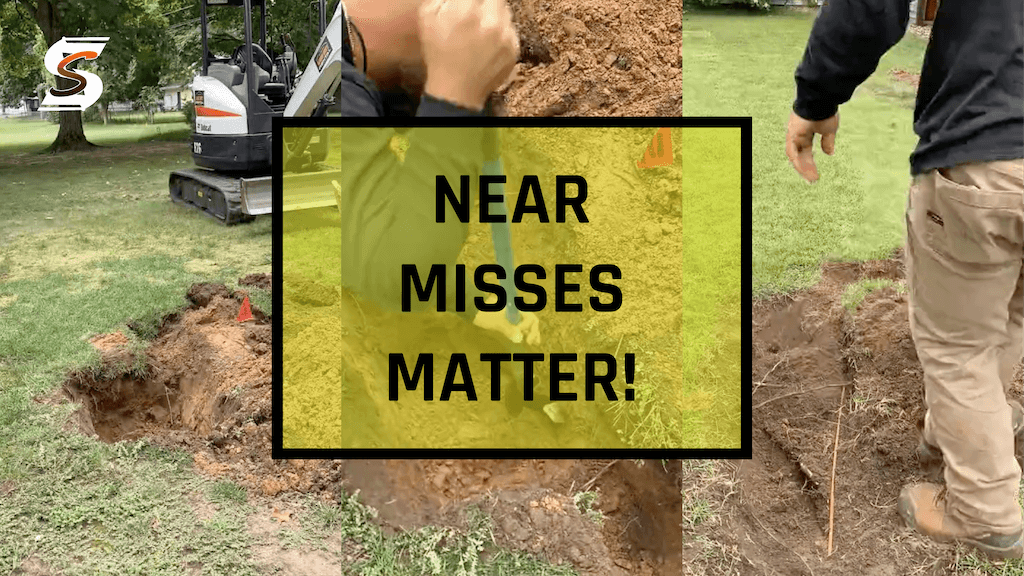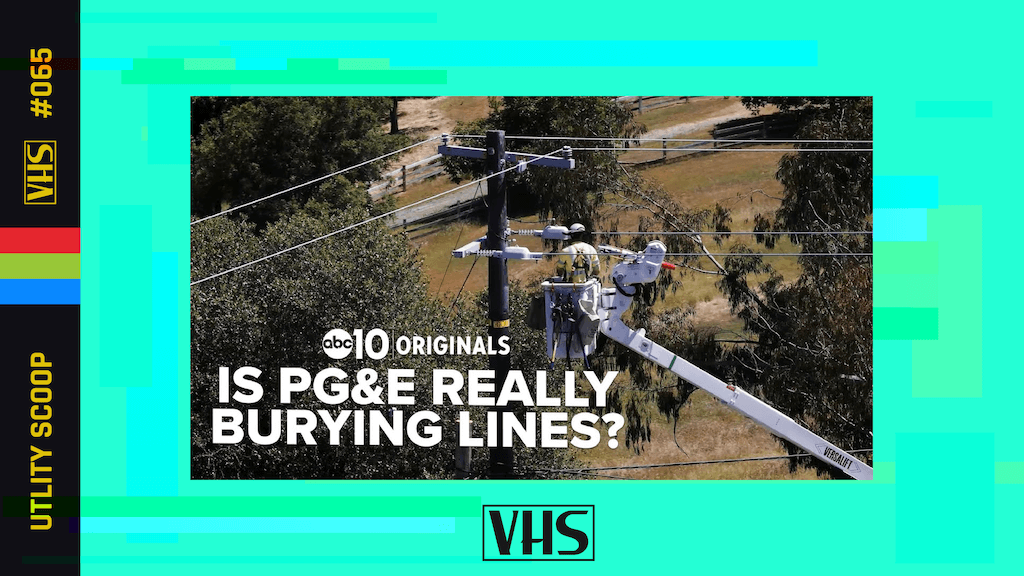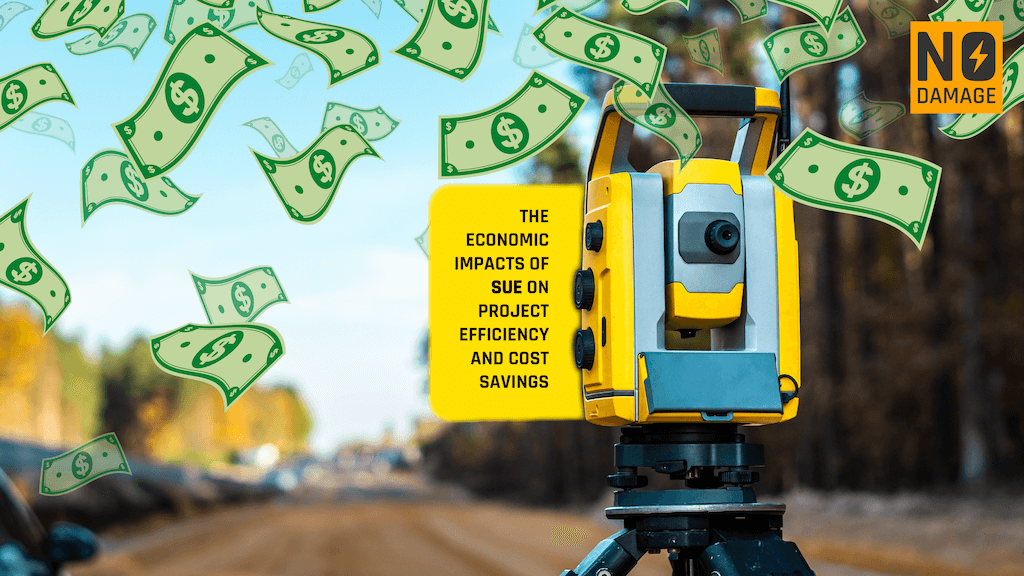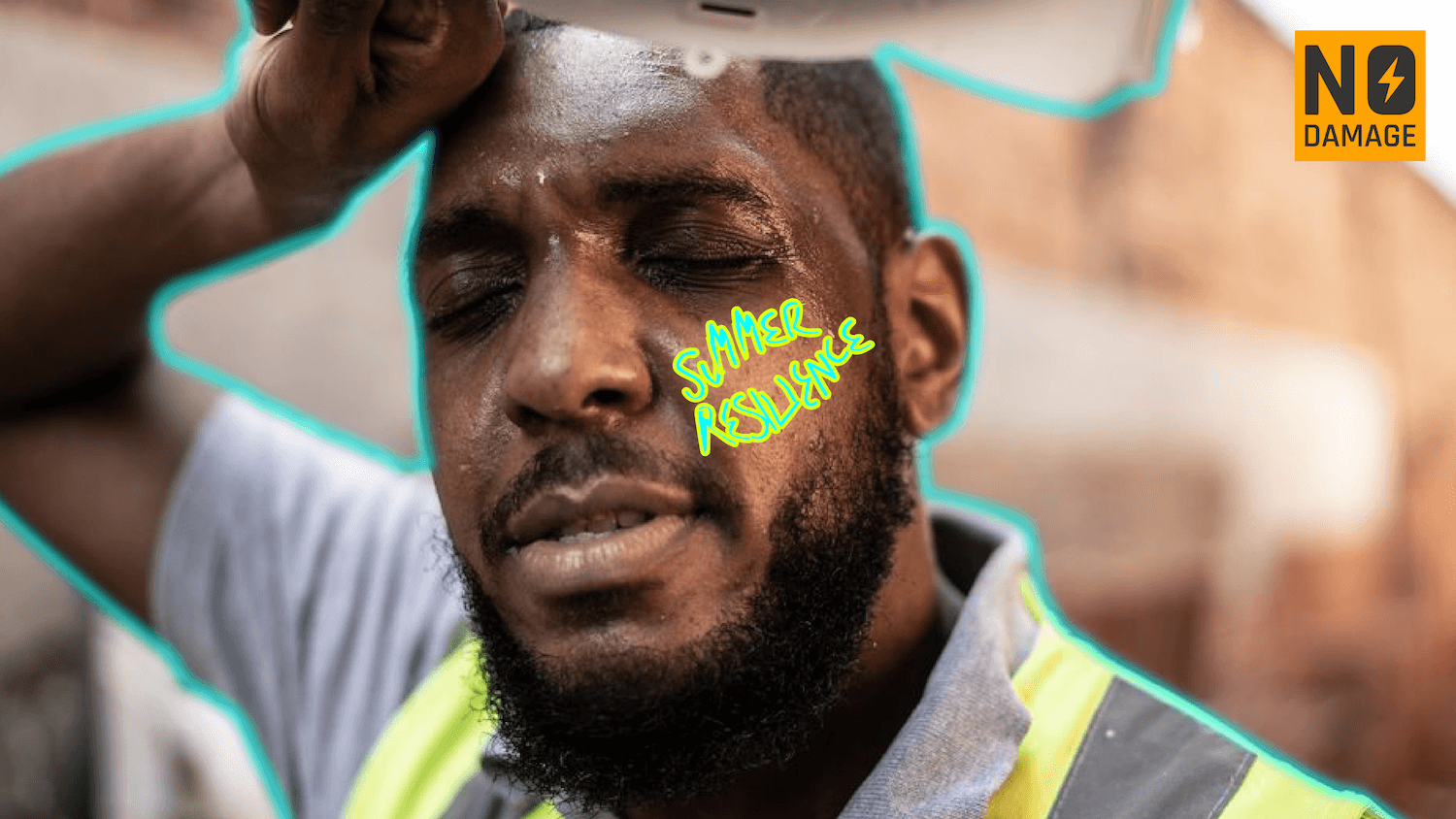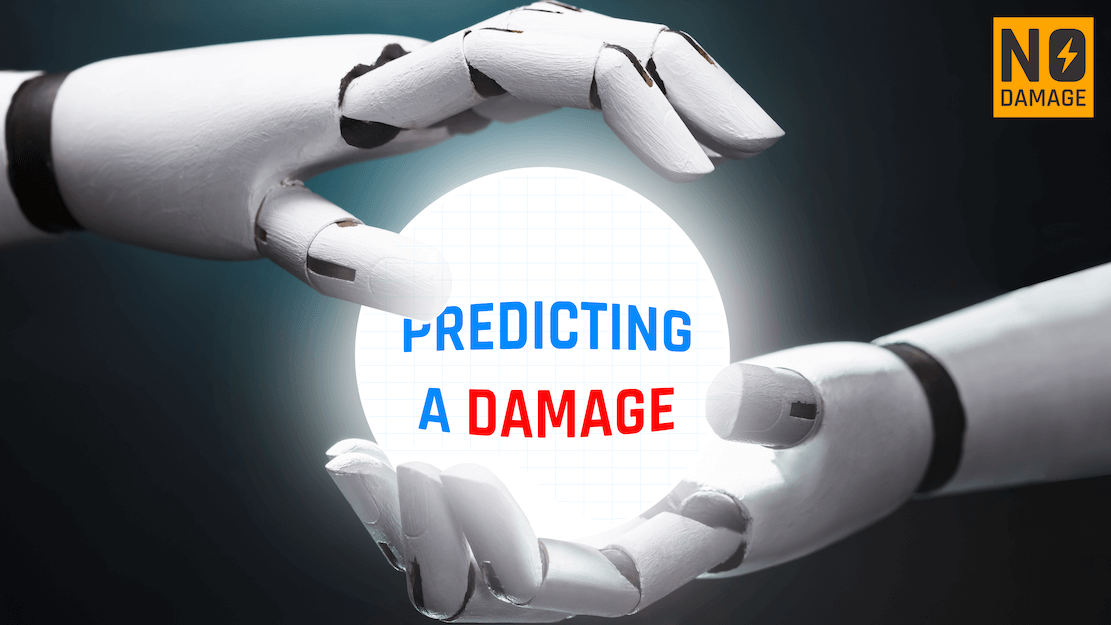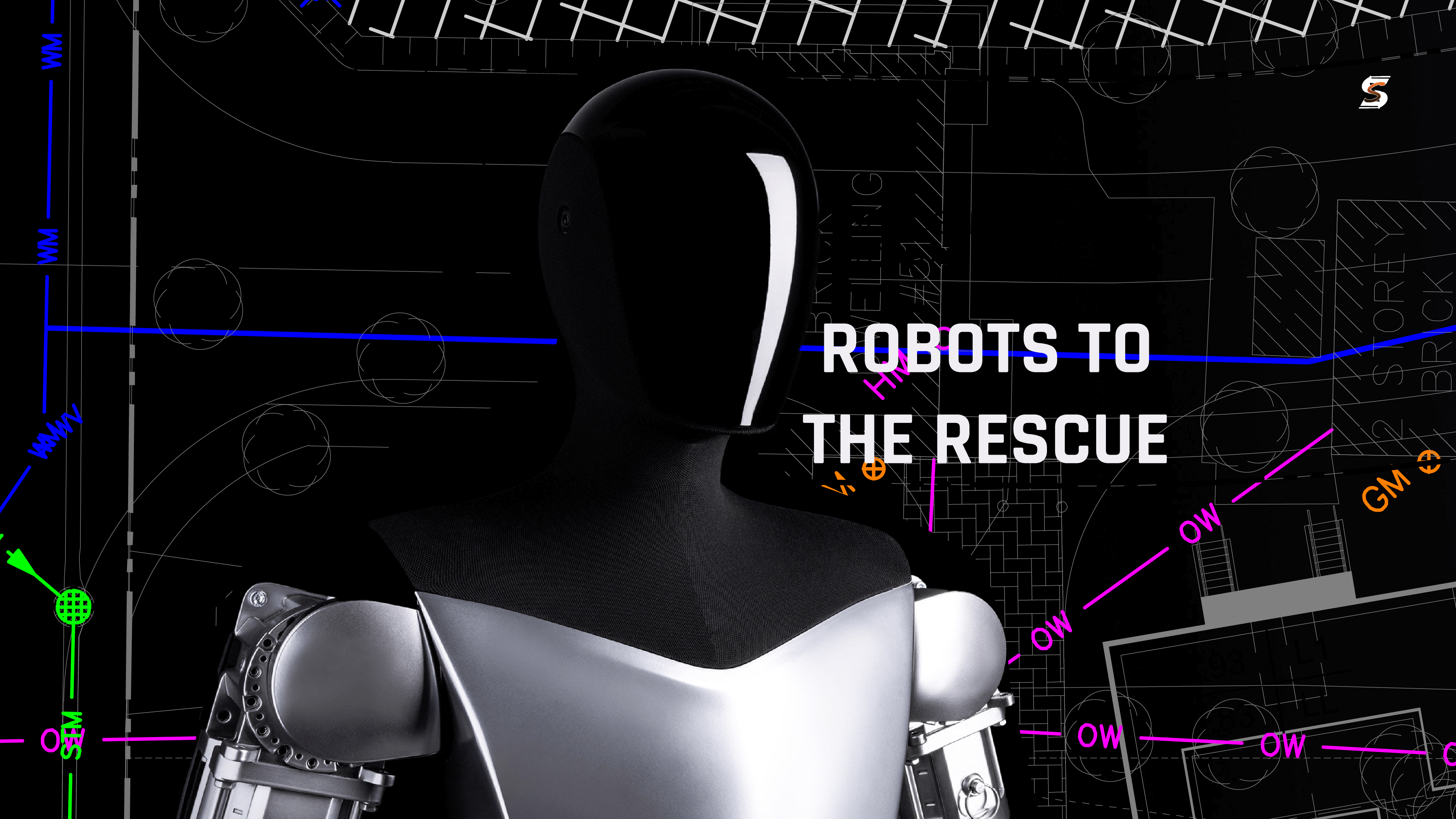
If we’re going to meet the 50-in-5 target we’re going to need to continue to innovate in preventing damage to underground utilities. This week one of our team was at a Tesla store in LA and seen their robot Optimus and it triggered me to look at where we’re currently using robotics in damage prevention and what’s coming up next! With the rise of advanced technology, robotics has emerged as a transformative solution to enhance damage prevention efforts. There’s a lot of potential innovative applications of robotics in underground utility inspections, so let’s delve into how autonomous technology is revolutionizing safety projects right now and what’s future technologies are destined going to make a big impact.
Robots equipped with cutting-edge sensors and cameras are leading the charge in underground utility inspections. Remotely operated vehicles (ROVs), unmanned aerial vehicles (UAVs aka Drones), and ground-based robots are among the arsenal of tools deployed for this purpose. These robots navigate underground environments with precision, collecting invaluable data through their sophisticated sensors and cameras. CCTV has been using ROVs for a while now, for example GPRS use Envirosight ROVVER X robotic crawlers which can inspect large pipes in diameters ranging from 6” to 96”.
The AUSMOS: Automated Utility Service Mark-Out System from ULC is "an autonomous robotic platform that detects and marks-out below-ground infrastructure utilizing a sensor suite comprised of ground penetrating radar and electromagnetic sensors." It's pretty exciting technology that promises to cut out some of the guesswork and produce a high resolution 3D map. I don't know how easy it is to deploy but I'd love to see one in action.
Advantages of Robotics in Damage Prevention
The advantages of utilizing robotics in damage prevention efforts are manifold. One notable benefit is the significant increase in efficiency and accuracy. Robots can traverse complex underground networks swiftly and systematically, covering large areas in a fraction of the time it would take humans. Moreover, the data collected by these robots is remarkably precise, providing detailed insights into the condition and location of underground utilities.
"Increased use of robots, combined with sophisticated analytics, artificial intelligence and machine learning, have the power to create a new connection between data and operations." - PowerMotionTech
Case Study: Integration of SkySkopes' SORV
Among the pioneers in this field is SkySkopes, a leading provider of inspection services to utilities, which recently unveiled its latest innovation at The Utility Expo: the System Overhead Reliability Vehicle (SORV). It was pretty exciting to be there for the unveil. This state-of-the-art inspection vehicle is outfitted with high-end mobile LiDAR technology and a suite of specialized sensors, including thermography, corona, multi-spectral, and visual sensors. The SORV's versatility allows it to identify anomalies and provide comprehensive visibility into the health and condition of utility systems.
Ian Hatfield, Vice President of SkySkopes Utility Solutions, emphasized the importance of transitioning utilities from reactive maintenance to planned maintenance, with the aim of reducing costs and improving reliability. Hatfield highlights how the SORV, coupled with advanced automation technologies developed in-house, streamlines the inspection process and automates report creation, enhancing operational efficiency and effectiveness.
Challenges and Limitations
While robotics offer tremendous potential in damage prevention, they are not without their challenges and limitations. Navigating complex underground environments poses technical hurdles, such as the need for robust communication and navigation systems. Additionally, adverse weather conditions and terrain obstacles can affect the performance of robots, requiring continuous refinement of their design and capabilities.
Future Outlook and Potential Developments
Despite the challenges, ongoing research and development efforts are driving advancements in robotics technology for damage prevention. Engineers and technicians are exploring innovative solutions to enhance robot autonomy, improve sensor capabilities, and overcome obstacles in underground navigation. Robots are also being increasingly used in monitoring and I think that's a great application where we can use their sensors and spectral imaging to detect and improve operational efficiencies. I think we could also learn a lot from underwater applications of this tech like the BlueROV - this video is worth a watch:
The integration of robotics into damage prevention efforts represents a paradigm shift in the construction and excavation industries. By leveraging autonomous technology, companies can enhance safety, streamline operations, and mitigate risks associated with underground utility inspections. I'm optimistic that we still need people in this industry and so I'm not scared that robots will take too many jobs but instead hopefully create new ones (someones got to manage them). Robots are just a tool and they can be used efficiently or inefficiently like any other tool but now is the time to explore how you can improve your damage prevention efforts by adopting new technologies!
Share this Post

